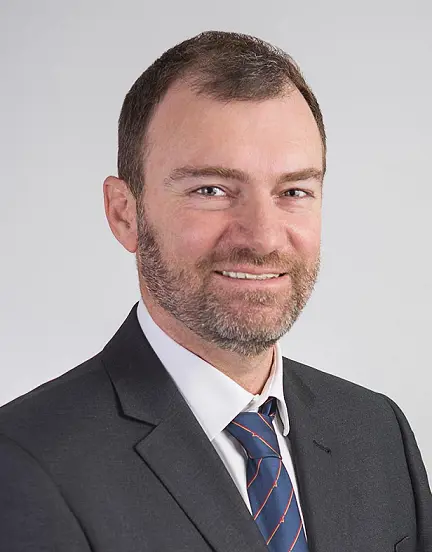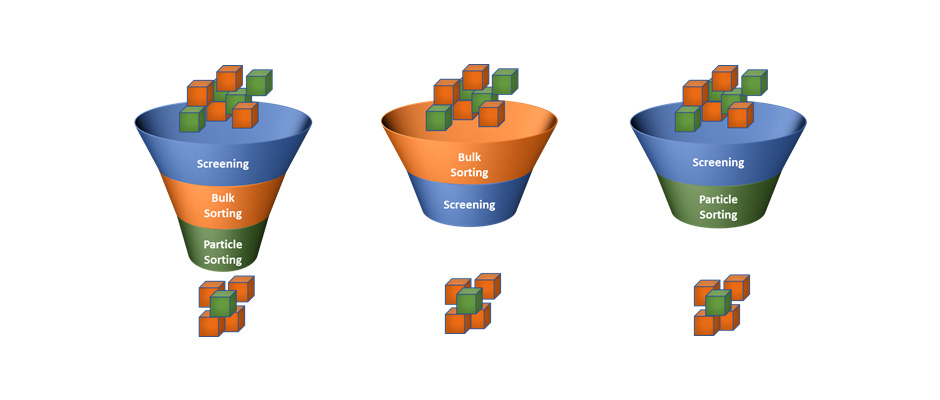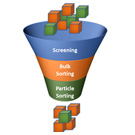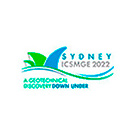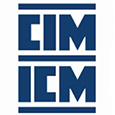Speaker: Mark Noppé
Group Chair, Corporate Consultant (Geology)
Topic: Linking Mineral Resource and Ore Reserve classification with techno-economic study levels and forecast relative accuracy.
Date: Wednesday, 23 March
Time: Panel Discussion from 3:00 pm to 4:30 pm
Abstract:
International mineral disclosure standards and guidelines aligned with the CRIRSCO template were developed to inform stakeholders about the relative accuracy and confidence levels of publicly reported information and to support investment decisions, particularly when advancing projects through different development stages. The traditional stages range from early to advanced exploration, through pre-development (with Mineral Resources and pre-feasibility and/ or feasibility levels of study) before the final development stages, where a decision to proceed with construction or production (or both) is made.
The traditional definition of Mineral Resource and Ore/Mineral Reserve classification categories and techno-economic study levels (including Preliminary Economic Assessment (PEA), Scoping Study (SS), Pre-Feasibility Study (PFS) and Feasibility Study (FS)) were defined with pre-development project assessment in mind. As such, these definitions are not necessarily well aligned to the reporting structures required by operating mines which need to consider a range of timelines spanning short to long-term operating conditions. However, the same terminology and definitions are used, or expected to be used, by both project developers and mine operators when reporting resources, reserves and techno-economic study outcomes.
This paper discusses how various stakeholders in the minerals industry (including competent/ qualified persons, mining company leaders, investors, lenders and regulators), generally interpret the definitions of Mineral Resource and Ore Reserve categories in terms of the relative accuracy of the estimates, their link to techno-economic study levels and their contribution to life of mine (LOM) schedules. The paper examines the degree to which mining companies recognise, and apply, enhanced operational knowledge to reflect short-term views of the relative accuracy and confidence levels associated with publicly reported Mineral Resource and Ore Reserve estimates and forecasts. Furthermore, this paper explores how this knowledge is applied to support ongoing Mineral Resource, and particularly Ore Reserve, generation and reporting.
Speaker: Danny Kentwell
Principal Geostatician
Topic: Empirical Geostatistics: Kriging Slope of Regression - Sensitivities and Impacts on Estimation, Classification and Final Selection.
Date: Tuesday, 22 March
Time: Panel Discussion from 4:35 pm - 5:35 pm
Abstract:
With the advances in software speed and capability, many of us now are running multiple scenarios on entire models rather than just testing small areas or a few blocks. In the authors experience both the geological and geostatistical academic theory and our rules of thumb often prove un-useable or incorrect in the real world we work in. The only way to truly validate and tune our models is to complete the entire model and “see if it works”. If it lacks some property we were expecting, then we need to find out why and/or run different scenarios to see what changes. This is not always possible with tight project timelines, but we find ourselves doing more and more of this sort of thing, and in so doing, we understand that every deposit is different and requires its own “rules” to get valid and useful results. For the purposes of this paper, this process is termed Empirical Geostatistics.
Take Clayton Deutsch’s “all realisations all of the time” concept a step back. Before you even think of simulating, test the alternate realisations generated by alternate parameters such as different domaining, varying search neighbourhood parameters etc. (then, if you want, increase the number of simulations required...as you simulate each alternative…).
Young Professionals Programme
Speaker: Mark Noppé
Group Chair, Corporate Consultant (Geology)
Topic: Sampling Theory and Sampling Error.
Date: Thursday, 24 March
Time: 9:30 am - 9:50 am
Abstract: A quick overview of sampling: what is it, why it is important, what errors it introduces, what do these errors mean for how we use the data, how we can avoid them or at least control them? Rounding off the overview with a few case studies across a range of commodities and settings.


